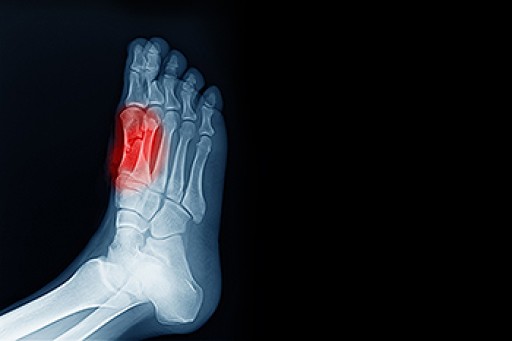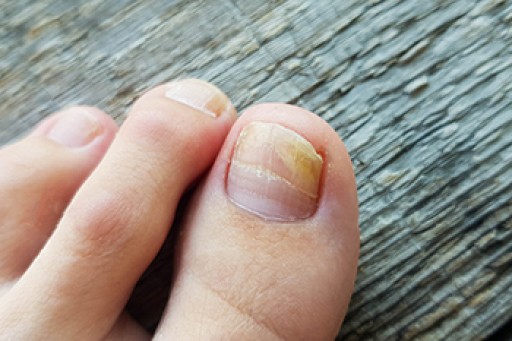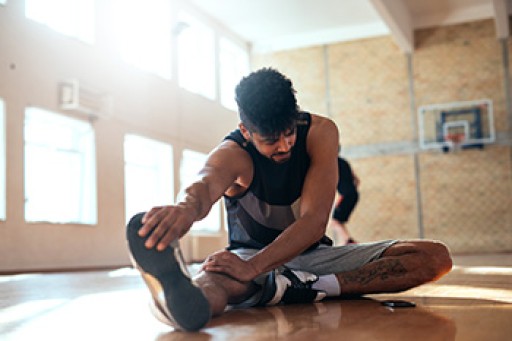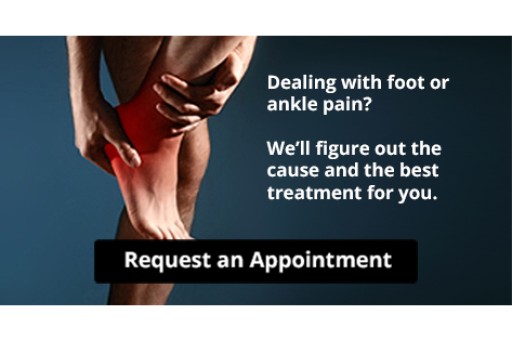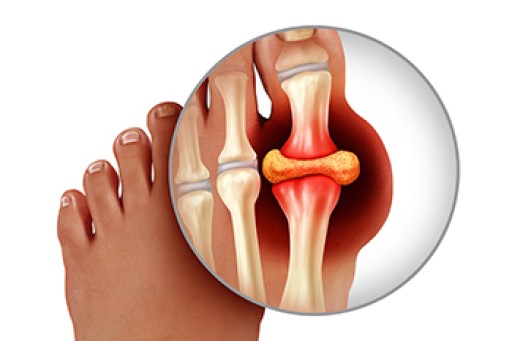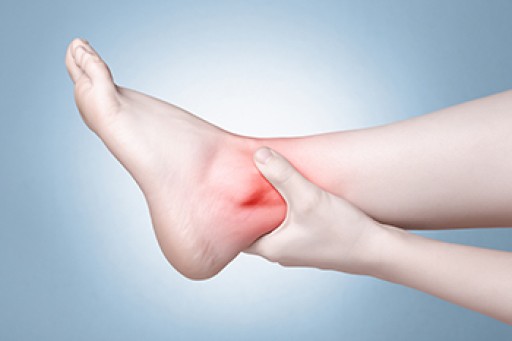
Sesamoiditis, a discomforting condition affecting the small sesamoid bones beneath the big toe joint, can significantly impact daily activities. Characterized by pain and inflammation, sesamoiditis typically emerges from repetitive stress or overuse. Symptoms often include a sharp, localized pain beneath the big toe, swelling, and it can be difficult to walk. Wearing high-heeled shoes or thin-soled footwear can exacerbate the issue. Proper diagnosis involves a thorough examination by a podiatrist and often includes having imaging tests performed. Treatment encompasses a range of approaches, including rest, and taking anti-inflammatory medications may help to alleviate pain and reduce swelling. It is beneficial to modify activities and wear appropriate shoes, possibly preventing further stress. In severe cases, immobilization or surgical intervention may be considered. Early recognition and comprehensive care can pave the way to a pain-free and active lifestyle. If you have pain under your big toe, it is strongly suggested that you confer with a podiatrist who can correctly diagnose and treat sesamoiditis.
Sesamoiditis is an unpleasant foot condition characterized by pain in the balls of the feet. If you think you’re struggling with sesamoiditis, contact Alex Kim, DPM of AVID Foot & Ankle Center. Our doctor will treat your condition thoroughly and effectively.
Sesamoiditis
Sesamoiditis is a condition of the foot that affects the ball of the foot. It is more common in younger people than it is in older people. It can also occur with people who have begun a new exercise program, since their bodies are adjusting to the new physical regimen. Pain may also be caused by the inflammation of tendons surrounding the bones. It is important to seek treatment in its early stages because if you ignore the pain, this condition can lead to more serious problems such as severe irritation and bone fractures.
Causes of Sesamoiditis
- Sudden increase in activity
- Increase in physically strenuous movement without a proper warm up or build up
- Foot structure: those who have smaller, bonier feet or those with a high arch may be more susceptible
Treatment for sesamoiditis is non-invasive and simple. Doctors may recommend a strict rest period where the patient forgoes most physical activity. This will help give the patient time to heal their feet through limited activity. For serious cases, it is best to speak with your doctor to determine a treatment option that will help your specific needs.
If you have any questions please feel free to contact our office located in Little Elm, TX . We offer the newest diagnostic and treatment technologies for all your foot and ankle needs.
